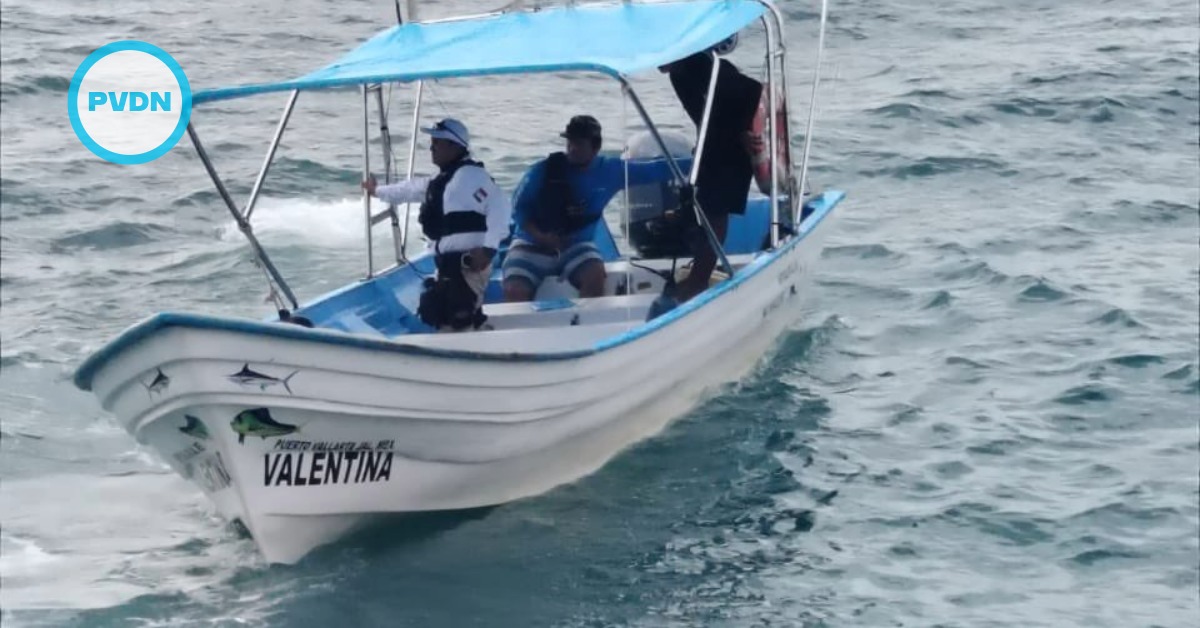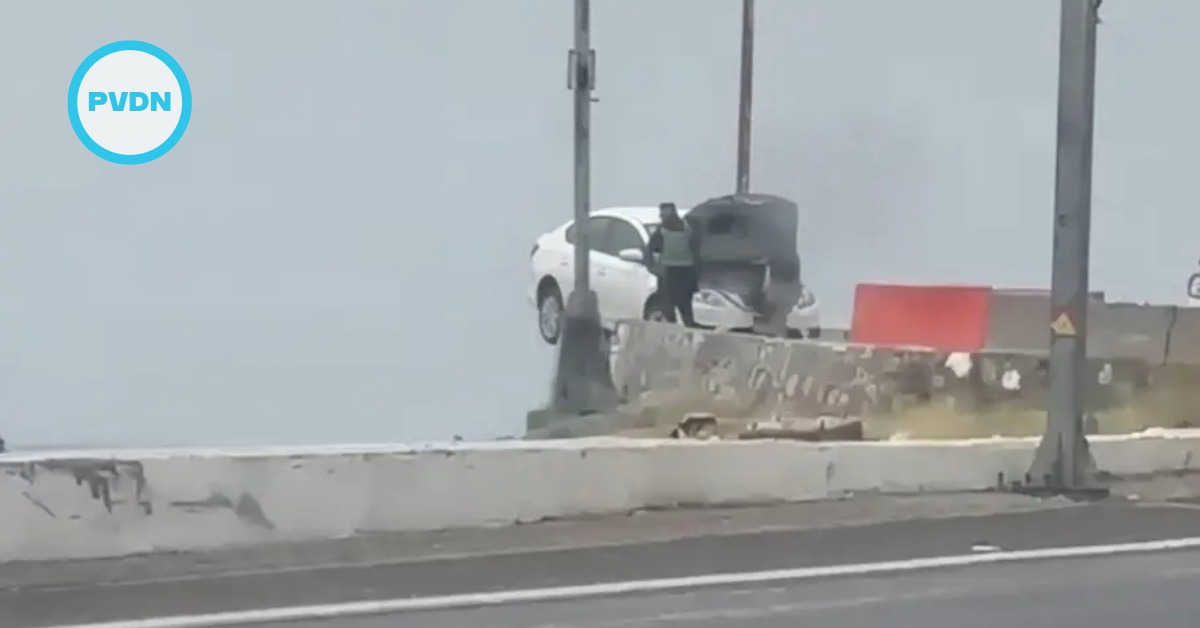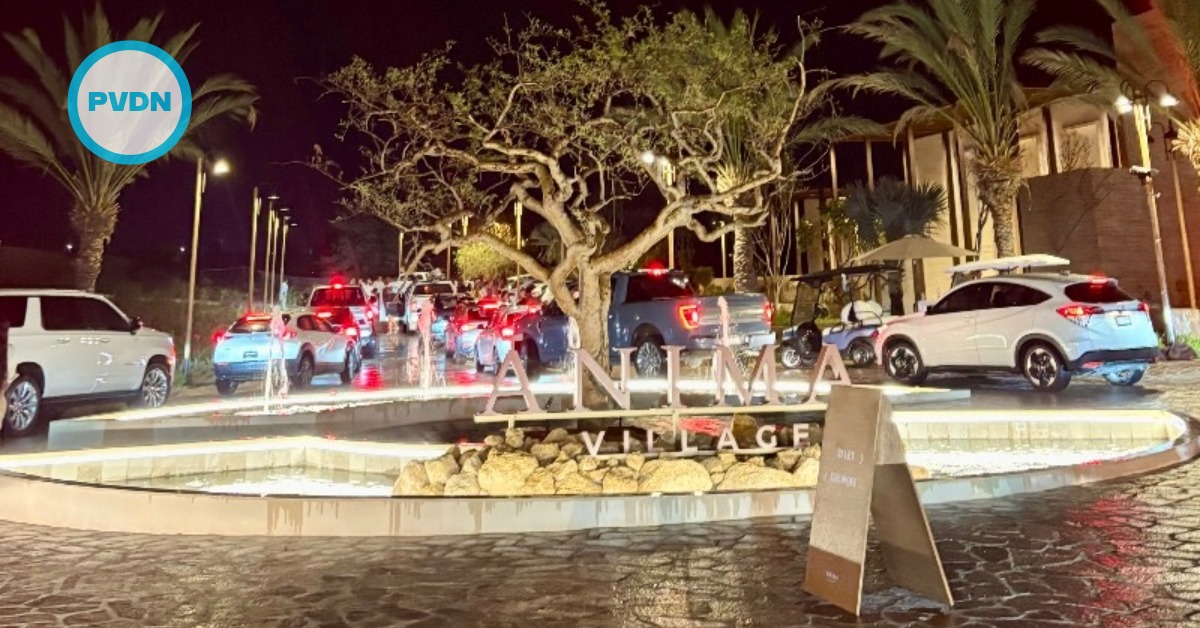Mexico, a nation rich in history, culture, and natural beauty, offers a vibrant and diverse lifestyle that has captivated the hearts of many expatriates from around the world. For Americans considering a move south of the border, understanding the intricacies of daily life in Mexico is essential for a smooth transition. This comprehensive overview aims to provide insights into the various facets of living in Mexico, from its cultural tapestry and economic landscape to practical considerations like healthcare, education, and transportation. Embracing life in Mexico means immersing oneself in a blend of ancient traditions and modern developments, set against . . .







